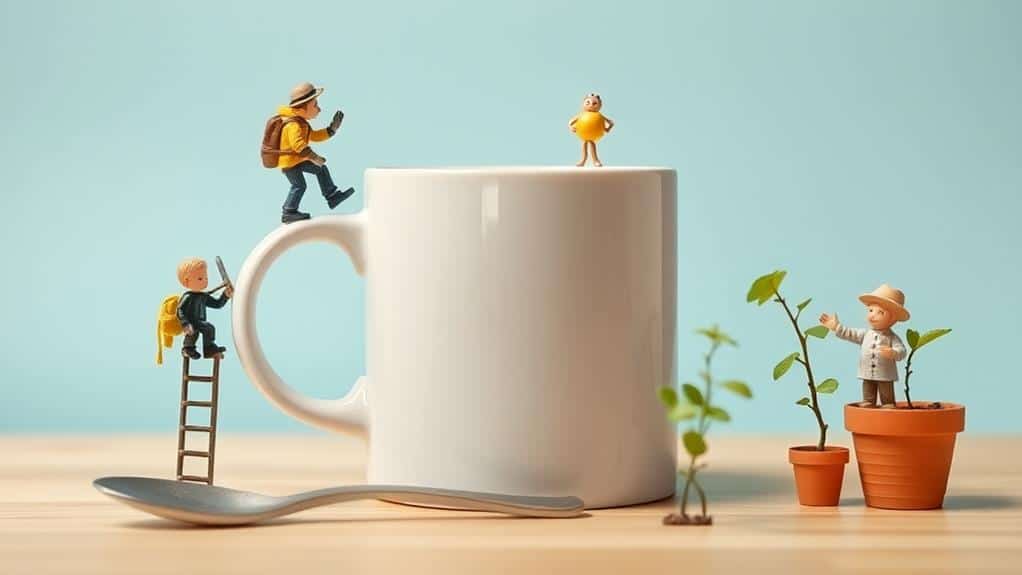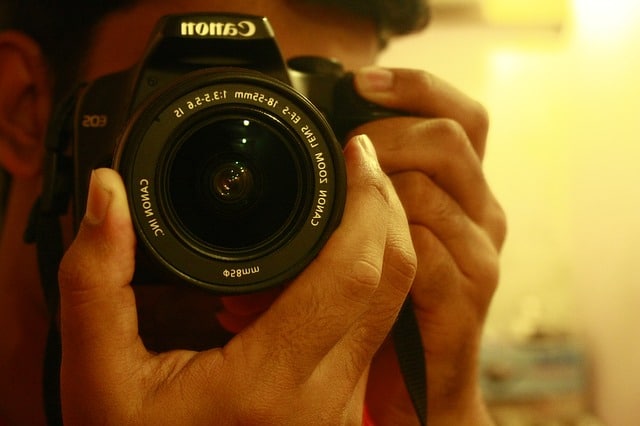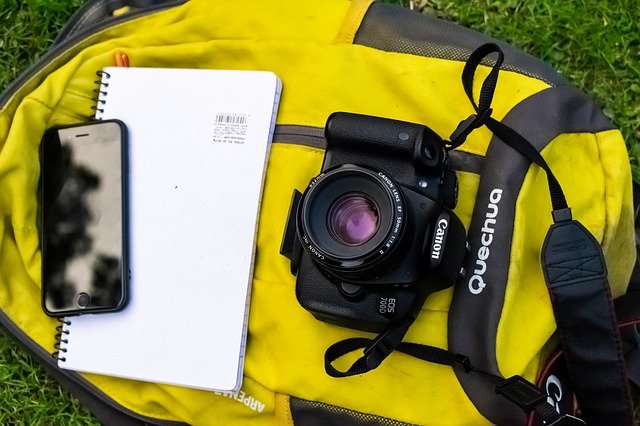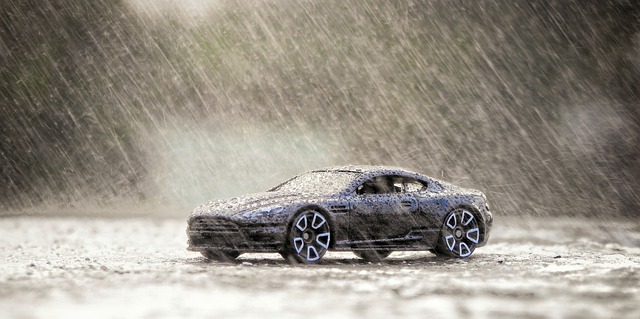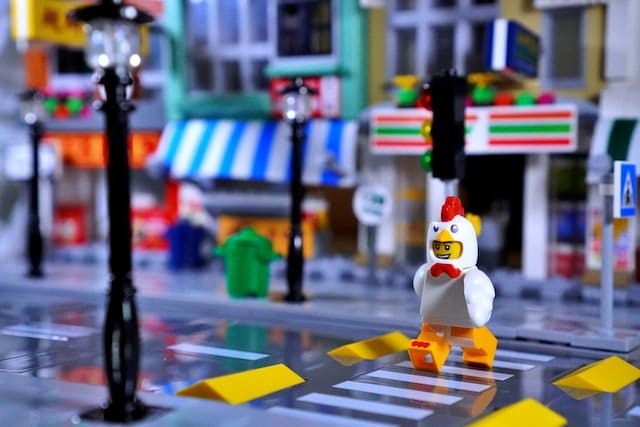Incorporating everyday objects in figurine photography transforms simple images into compelling stories. These props add depth, hinting at personalities and plots while creating lifelike environments. You can use materials like paper and fabric to craft realistic settings, making natural elements such as twigs or stones essential for outdoor scenes. Everyday items foster creativity and imagination, challenging you to discover innovative solutions. They're cost-effective too, as household items and natural light can replace pricey equipment. These familiar elements engage viewers, sparking curiosity and emotional connections. Explore further to uncover how they can enhance your artistic expression and storytelling. Experimenting with scale and perspective allows you to transform ordinary settings into extraordinary scenes, enhancing the storytelling potential of your shots. For instance, using crumpled paper or textured fabric can mimic mountain backdrops for toy shoots, adding grandeur and drama to your compositions. By blending ingenuity with everyday resources, you can craft imaginative worlds that captivate your audience and evoke a sense of wonder.
Enhancing Storytelling With Props
In figurine photography, props play an essential role in enhancing storytelling by adding depth and context to your scenes. They allow you to create a narrative that draws viewers in and helps them connect emotionally with your miniature worlds. By carefully selecting the right props, you can transform a simple figurine photo into an enthralling story. Props can hint at a character's personality, hint at a plot, or even suggest a mood or atmosphere.
You don't need to spend a fortune on specialized props. Everyday objects found around your house can become integral parts of your storytelling arsenal. A small piece of fabric might serve as a luxurious cloak, while a thimble could become an oversized goblet in the hands of your figurine. By thinking creatively, you can give new life to mundane items, turning them into imaginative elements that enhance your scenes.
Consider the story you want to tell. Is your figurine on a quest, or are they enjoying a quiet moment at home? Choose props that support this narrative. Remember, the goal is to use props to enrich the story you're telling, not to overshadow your main subjects.
Creating Realistic Environments
When working to create realistic environments in figurine photography, attention to detail becomes essential. You want your scenes to transport viewers into a miniature world that feels tangible and lived-in. Everyday objects can be your secret weapon in achieving this. By repurposing items like paper, fabric, or household materials, you can construct environments that mimic real-life settings. Tiny pebbles can become boulders, scraps of fabric can transform into grassy fields, and cotton balls can simulate clouds. The key is to think outside the box and see the potential in everyday items around you.
Consider these ideas to enhance your realistic environments:
- Textured surfaces: Use sandpaper or rough fabric to mimic rocky terrains or sandy beaches.
- Natural elements: Incorporate twigs, leaves, or small stones to add authenticity to outdoor scenes.
- Miniature furniture: Craft tiny chairs or tables from cardboard to furnish indoor settings.
- Lighting effects: Use desk lamps or fairy lights to create natural-looking shadows and highlights.
- Backgrounds: Print or paint backdrops that reflect the environment you're portraying, such as cityscapes or forests.
Boosting Creativity and Innovation
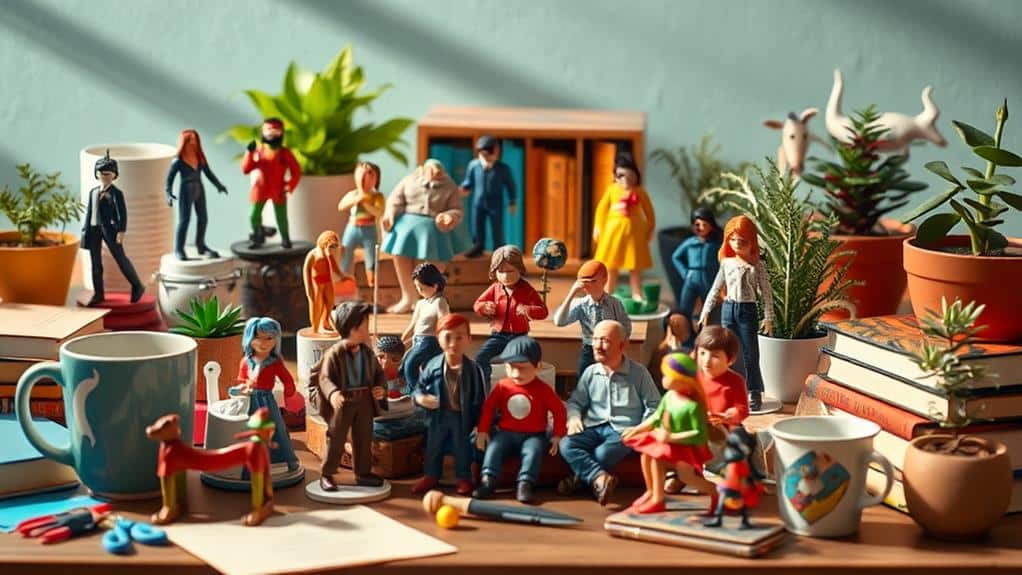
Releasing your creativity and fostering innovation in figurine photography requires a willingness to experiment and push boundaries. By incorporating everyday objects, you can transform ordinary scenes into extraordinary visual stories. Consider using a spoon to mimic a slide for a playful character or a magnifying glass to create a distorted, whimsical perspective. These unconventional choices can challenge your imagination and open new avenues for storytelling.
Think about the textures and patterns of common items around you. A crumpled piece of aluminum foil can become a shiny, futuristic backdrop, while a rough-textured sponge could simulate an alien landscape. Using these materials helps you see the world differently, encouraging you to think outside the box and develop unique compositions.
The key is to observe and interact with your surroundings creatively. Look at mundane items with a fresh perspective, and ask yourself how they might enhance your scene. This mindset not only boosts your creativity but also leads to innovative solutions you might not have considered before. By embracing everyday objects, you'll find that your approach to figurine photography becomes more dynamic, engaging, and personal, ultimately elevating your artistic expression.
Cost-Effective Photography Solutions
While pursuing figurine photography, you don't need to break the bank to achieve stunning results. By creatively using everyday objects, you can create engaging and professional-looking photos without spending a fortune. Start by exploring your surroundings—your home is full of hidden treasures that can enhance your photography.
Consider these cost-effective solutions:
- Natural Light: Use the sunlight streaming through your window for perfect, soft illumination. It's free and can bring out the best in your figurines.
- Reflective Surfaces: Mirrors, aluminum foil, or even a CD can act as a reflector to bounce light, eliminating shadows and adding depth.
- Props from Nature: Leaves, twigs, or stones can create interesting backgrounds or foregrounds, adding a touch of realism and texture.
- Household Items: Everyday objects like books, cups, or fabric can serve as creative backdrops or props, making your setup unique.
- Smartphone Camera: Instead of investing in a costly camera, utilize your smartphone. Modern phones have excellent cameras capable of capturing high-quality images.
Increasing Engagement and Interest

Capturing enchanting figurine photos is just the beginning; engaging your audience is where the magic happens. Using everyday objects in your photography not only showcases your creativity but also adds a layer of relatability and intrigue to your images. When viewers see familiar items used in unexpected ways, they're more likely to pause, appreciate, and even interact with your work.
You can create fascinating narratives by integrating common objects into your scenes. Imagine a tiny figurine scaling a stack of books or sipping from a thimble-sized teacup. These scenarios spark curiosity, inviting viewers to wonder about the story behind the image. This intrigue encourages them to share and discuss your photos, increasing engagement.
Additionally, everyday objects can trigger nostalgia or personal connections. A figurine peeking from behind a coffee mug might remind someone of their morning routine, stirring emotions and prompting comments. By tapping into these shared experiences, your audience feels a personal connection to your work.
Frequently Asked Questions
How Can Everyday Objects Add Depth to Figurine Photography?
Everyday objects can add depth by creating a sense of scale, texture, and background context. You can use them to establish environment, highlight details, or evoke mood, transforming simple setups into engaging, storytelling scenes.
What Are Some Common Household Items Used in Figurine Photography?
You're setting up your shot and suddenly, inspiration strikes. A simple spoon becomes a futuristic backdrop. A glass creates reflections. Books add layers. A lamp offers dramatic lighting. Everyday items transform your figurine photography in unexpected ways.
Are There Specific Safety Concerns When Using Everyday Objects in Photography?
You should be cautious of sharp edges, flammable materials, or liquids that could damage your figurines. Guarantee stability to prevent falls, and use proper lighting to avoid overheating. Always check the safety of electrical equipment.
How Do Lighting Conditions Affect the Use of Everyday Objects in Photos?
Imagine soft morning light casting gentle shadows on your scene. Lighting affects texture and mood, transforming everyday objects into fascinating elements. Adjust angles and intensity to highlight details or create contrast, making your figurine photography truly enchanting.
Can Using Everyday Objects in Photography Impact Post-Processing Techniques?
Using everyday objects in photography can influence your post-processing techniques by adding texture or depth, requiring adjustments in contrast or focus. You'll find yourself creatively enhancing elements to blend the figurine seamlessly with its surroundings.
At a Glance
When you use everyday objects in your figurine photography, you're sprinkling a little extra magic into your storytelling. These props help you craft realistic scenes, sparking creativity and inviting innovation without breaking the bank. They subtly whisper to your audience, drawing them into your imaginative world and keeping them engaged. So, next time you shoot, don't shy away from those familiar items—they're your secret ingredient to creating fascinating and enchanting photos.

